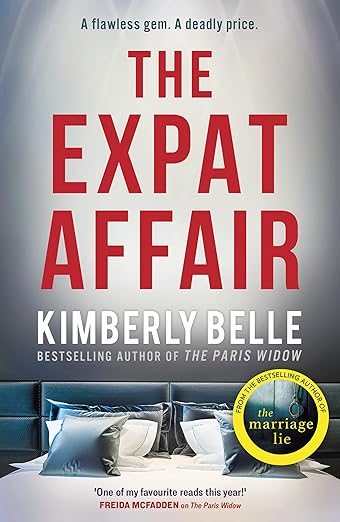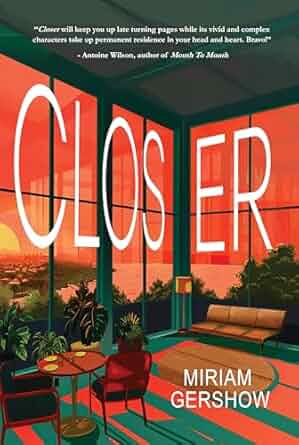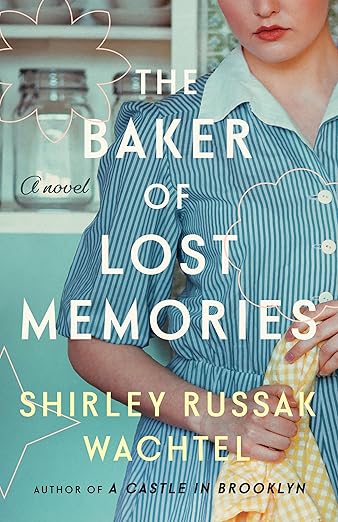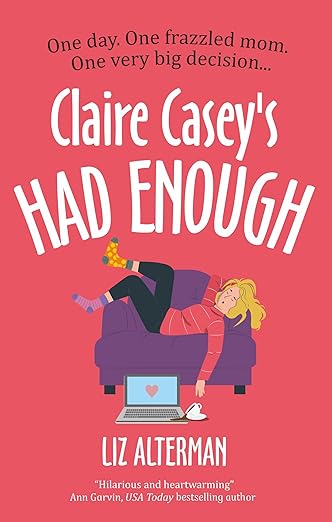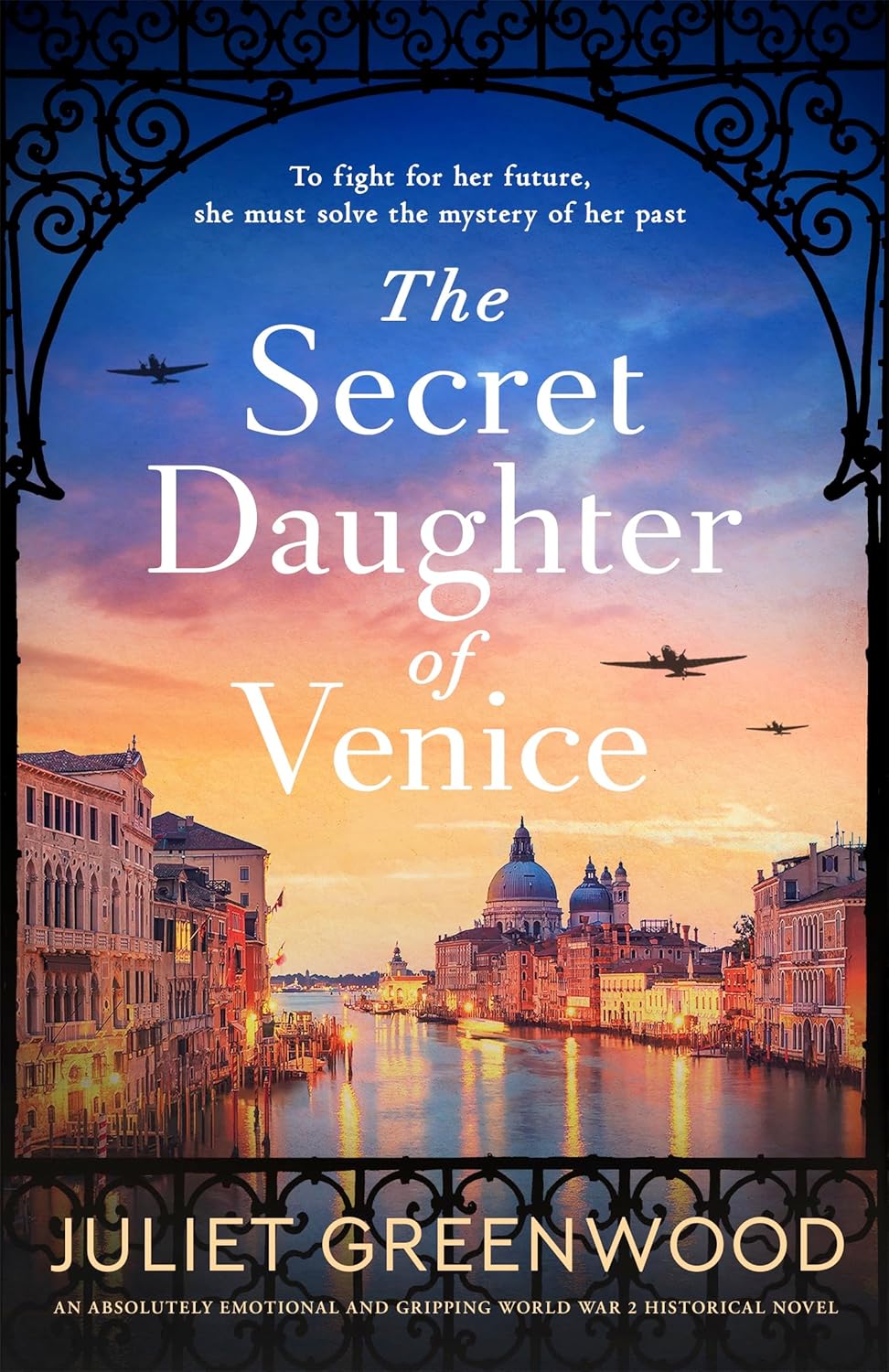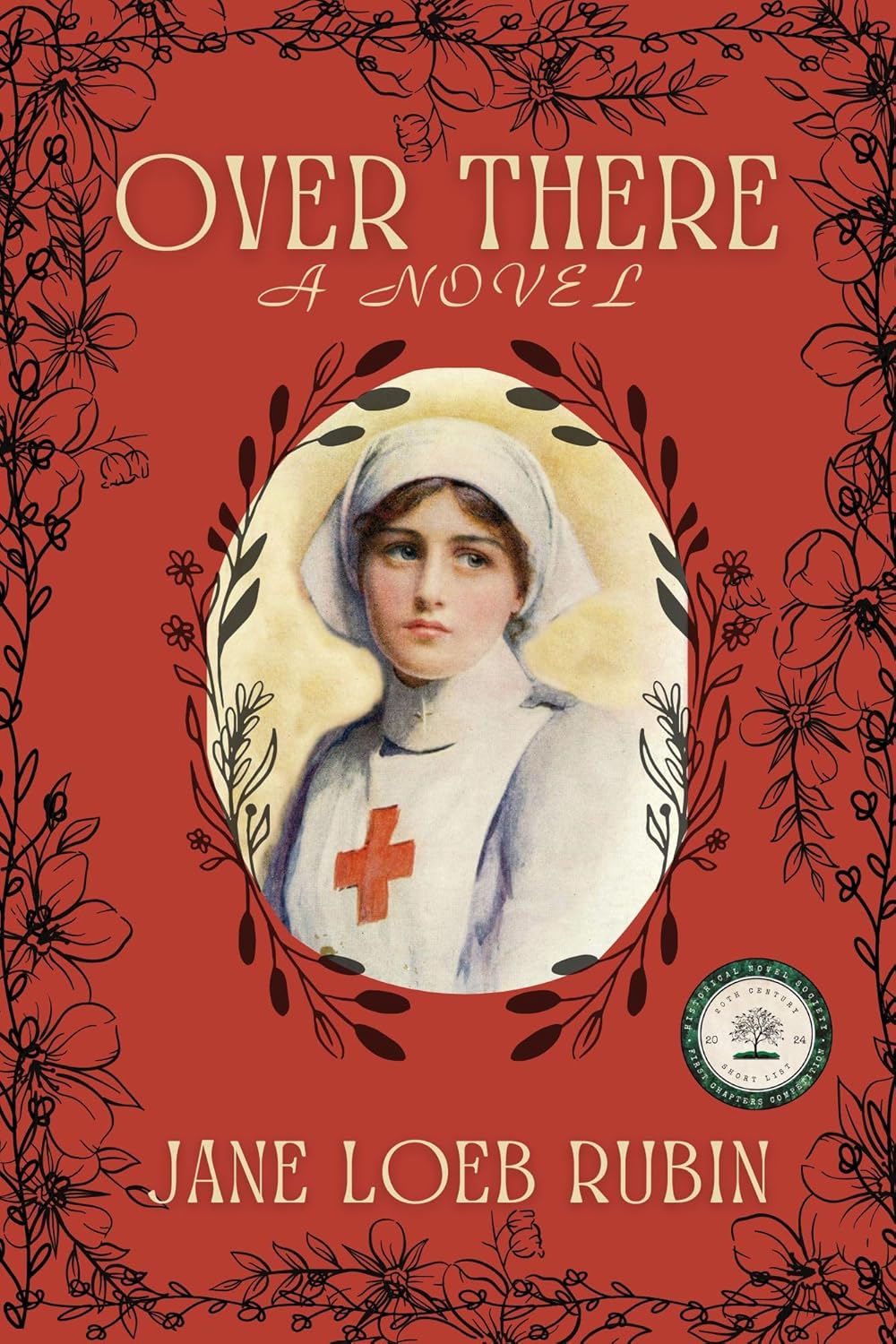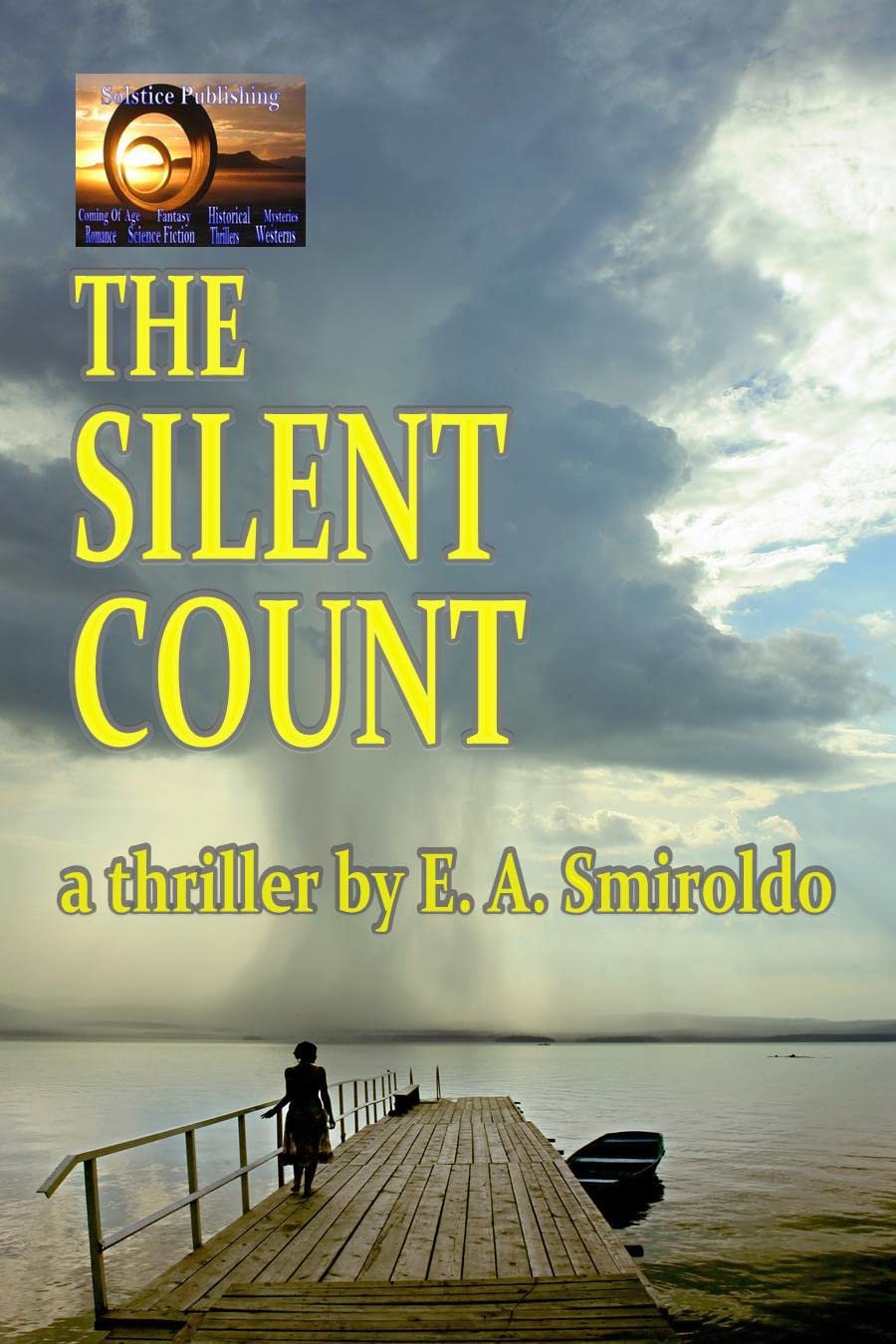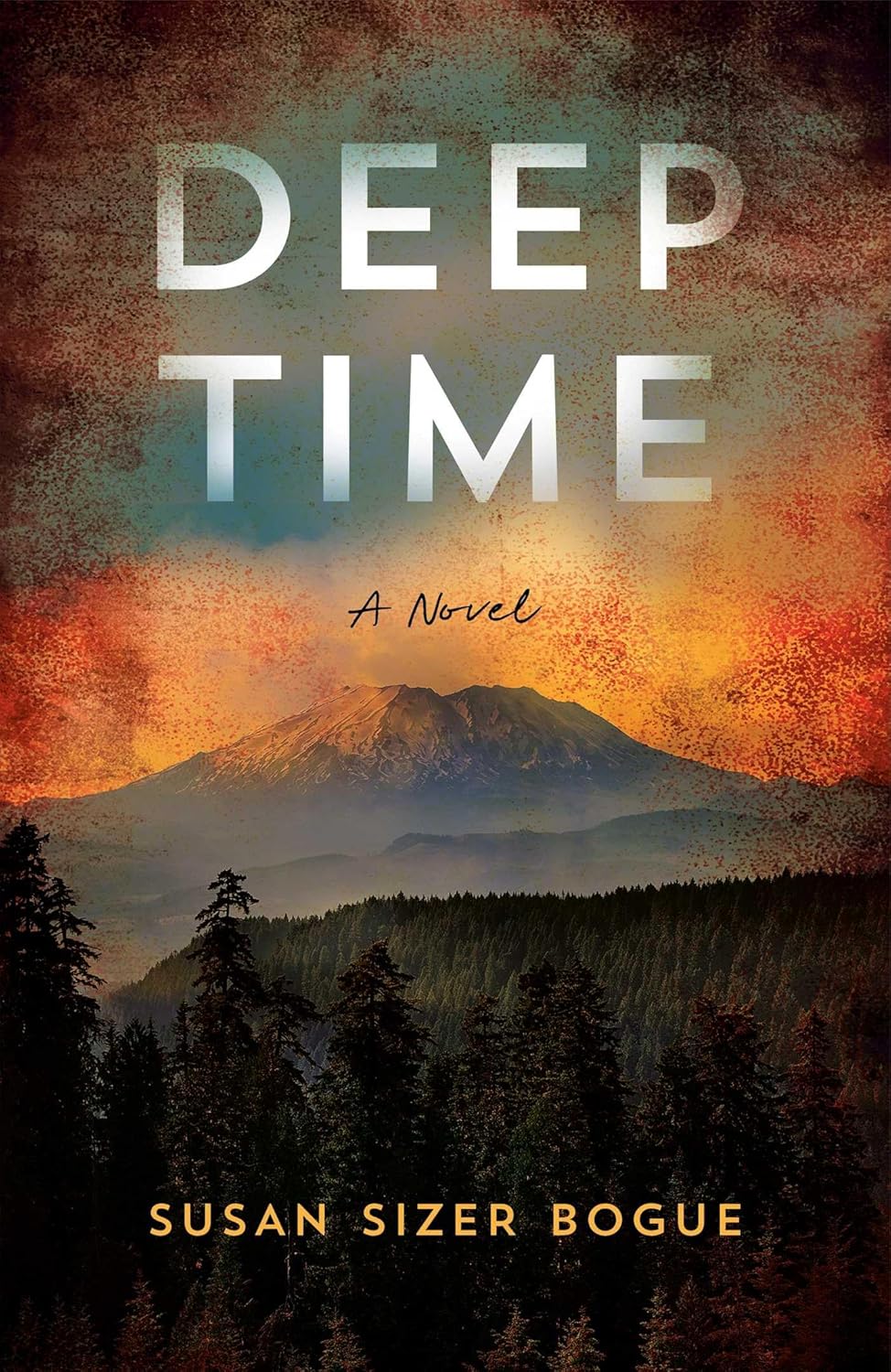The Power Of Place by Kay White Drew
The Power of Place by Kay White Drew
It’s a lovely May day in 2013, and I’m sitting on an aging wooden bench in a brick-terraced park behind the Baltimore rowhouse where I lived as a second-year medical student almost forty years earlier. My arms form a W across the top of the bench as I peer up into the tops of several mature trees that weren’t even saplings back then.
Earlier that day, I drove past the more decrepit rowhouse in a more rundown neighborhood where I’d lived during my first year. Still standing, still as derelict as last time. I parked my car in Bolton Hill near the newly renovated town home I’d occupied during my last two years as a medical student, then walked to this park near the Maryland Institute of Art campus. This was one of several times since graduation that I made the rounds of my old haunts. I came back every few years, whenever there was a class reunion or similar event at the medical school, or sometimes just because.
What was it that drew me to repeatedly—one might say obsessively—revisit a place where I had learned so much but also suffered so much? I can only describe it as yearning—a visceral pull I felt whenever I rode with my husband past Baltimore on I-95 on our way to visit family, when I would stare at the city out the car window until it disappeared, whether it was awash in sunlight or a cluster of high-rise night windows like fireflies. It was a kind of nostalgia, a miasmic, blurry-lens feeling, a longing for something I couldn’t name. Clearly, I had unresolved feelings about the time I’d spent in that place, my formative years. Baltimore was the place that grew me up.
In the spring of 2012, newly retired, I began to go through the journals I kept as a medical student and resident. If I were ever to get a handle on that yearning that pierced me to the core whenever I had anything to do with Baltimore, I would need to go back to that time, to explore the sources of my profound connection to the place. The idea of writing a memoir arose gradually, like morning mist over the Patapsco River, only more persistent. I had been a closet writer since childhood—mostly journals, but also occasional poems and stories. As it happened, those journals provided me with a wealth of material from that time in my life.
I started transcribing journal entries into a loose-leaf notebook so I could omit the parts that were either salacious or what I called “maundering”—obsessive, solipsistic ranting. To my pleasant surprise, a lot more material went into the notebook than had to be left out. Revelations ensued: events and interactions I’d completely forgotten, feelings I didn’t know I’d experienced. It was often a slog of misery and grief: losing my mother to death, my father to remarriage, lovers to different life-trajectories, a friend to suicide; the indignities of medical training, for patients as well as doctors; a bout with major depression and subsequent therapy; and, underlying all this, a terrible loneliness. There were good times, too, of course, and evidence of an incisive sense of humor and a sensitivity to others’ pain, not just my own.
But revisiting that time was hard work. Regular breaks were necessary, sometimes for weeks at a time, after which I would return with more perspective. I started to annotate the text in the margins, to insert emojis and “LOLs” and wry comments, to poke a bit of fun at my serious young self who tied herself in such tortuous knots trying to figure life out. Sometimes I wrote little comforting notes to the struggling soul I had been. Sometimes I had to laugh out loud; others, I was moved to tears. Sometimes I was stunned by a particular turn of phrase or insight.
Eventually I joined a writing group and hesitantly began to share the chapters as they mounted up. There were writing classes, beta readers, and developmental editors. There was revision after revision as I learned the true meaning of that writer’s imperative, “Kill your darlings.” I began to write essays, and in 2018, my first essay—adapted from a chapter of my memoir—was published in an anthology of DC area women writers. Other publications followed, in local and online outlets. The pandemic happened, with a blossoming of Zoom workshops and writing communities. As I became more of a literary citizen, I discovered that I enjoyed sharing my work with others at readings. I pitched my memoir at a couple of literary conferences, and when I pitched my story to three young women from Apprentice House Press in the fall of 2022, they loved it.
Writing this memoir has been a joy. I love the writing process: finding the right words, turning life events into scenes and dialogue, striking a balance between showing and telling. But finishing the memoir and the mechanics of getting it published were only the tip of the iceberg for me. By far the weightiest part of the work was plumbing those journals, putting myself back in that time and place, stepping back into the shoes of the young woman who endured that process and came out the other side into a fulfilling and productive life.
Now when I drive or ride past Baltimore on I-95, the tug I feel in my heart is not the old yearning. It’s love and gratitude.
—
Kay White Drew is a retired physician and lifelong writer. Her essays, poems, and short stories are found in several journals including Hektoen International, The Intima, Bay to Ocean Journal, and Loch Raven Review, where one of her essays was nominated for a Pushcart Prize in 2022. She lives in Rockville, MD with her husband.
STRESS TEST
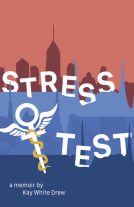 Stress Test, one woman’s account of medical training in the 1970s, is particularly timely after the Dobbs decision.
Stress Test, one woman’s account of medical training in the 1970s, is particularly timely after the Dobbs decision.
The story encompasses a five-year crucible, from the first day of medical school through the last day of pediatric internship.
Unveiling the cadaver in the anatomy lab while her mother lay dying on an oncology ward; the excitement of making difficult diagnoses and the terror and tragedy of disastrous mistakes; the joy of connecting with patients and the heartbreak of losing them—it’s all here. Women comprised less than a fifth of the author’s medical school class, so the scourge of sexism riddles the narrative. And as a white woman in the largely Black urban environment of West Baltimore, barely a decade after the Civil Rights movement and long before Black Lives Matter, she bore witness throughout her training to the human cost of racism.
The author navigated personal struggles as well: her mother’s death; several ill-starred romantic relationships, including an interracial love affair with a professor; a roommate’s suicide; and her own suicidality, depression, and experiences in therapy.
Stress Test joins a growing body of work by women physicians.
This memoir takes place at a time when women were still years away from comprising half—or more—of medical school students, and when the second wave of feminism was surging; but many of the fears, griefs, and struggles that women in medicine face today are the same ones the author grappled with decades earlier.
BUY HERE
Category: On Writing




